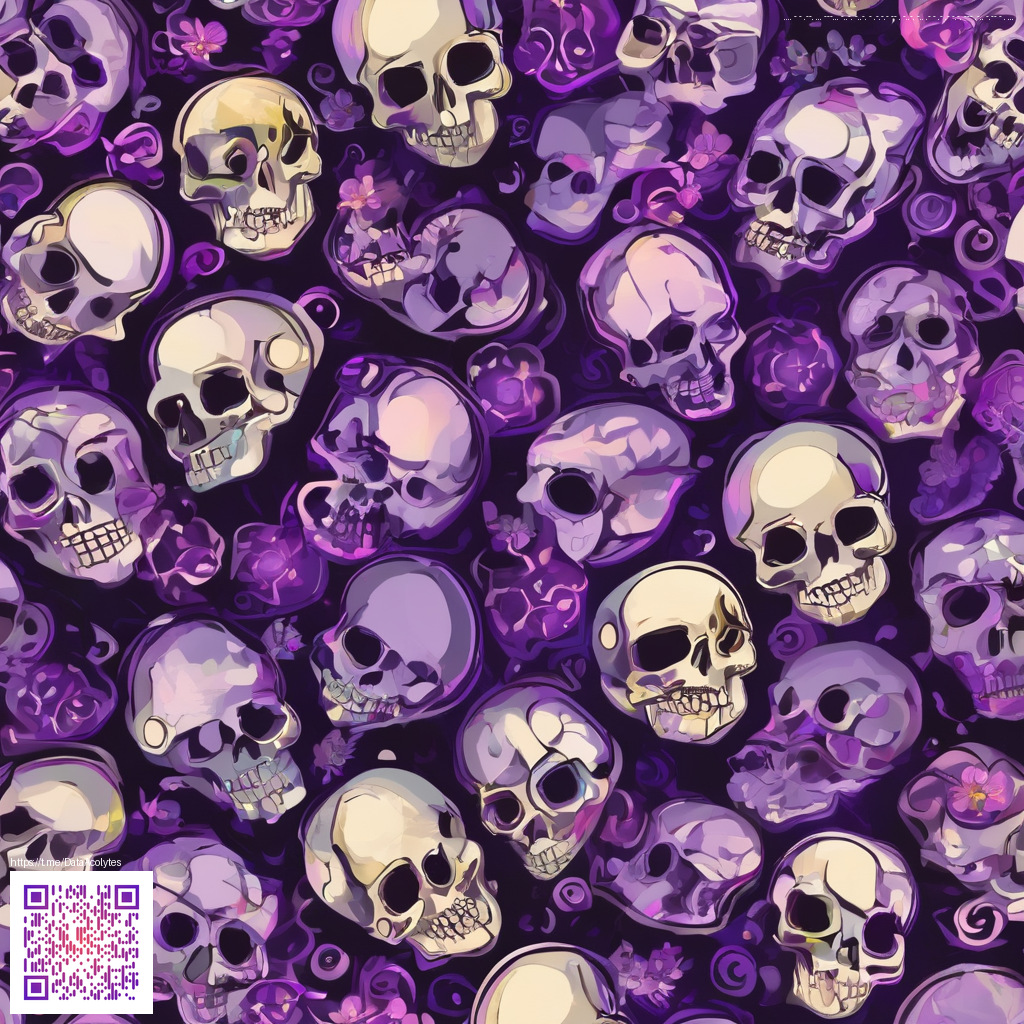
A Practical Guide to Print-Ready Digital Planner Inserts
If you’re diving into digital planning with an eye toward printing, you’re balancing the flexibility of a digital layout with the tactile satisfaction of a printed page. The goal is to create inserts that look impeccable on screen and in hand—clean lines, precise margins, and a layout that breathes. This guide walks you through practical steps to produce print-ready planner inserts that look professional from first print to final page turn.
Define the basics up front
Before you start laying out content, lock in the fundamentals. The most common printer-friendly sizes are Letter (8.5 x 11 inches) and A4 (210 x 297 mm), but your planner may use custom dimensions. Decide your page size and orientation (portrait is typical for planners). Establish bleed (usually 0.125 inches or 3 mm on all sides) so artwork that runs to the edge prints cleanly. Pair this with a conservative margins and safe area—keep critical text at least 0.25 inches (6 mm) from the edge to avoid any cropping mishaps.
Plan for print quality from the start
- Resolution matters: design at 300 DPI for crisp text and crisp line work.
- Color mode: work in CMYK if you’re sending files straight to a professional printer; for home printing, RGB is fine, but convert before final export and check color accuracy.
- Fonts: use embedded or subset fonts when exporting to PDF to avoid missing glyphs. If you rely on system fonts, consider including a note for your printer about font licensing if you share vector files.
- Images: keep image assets at high resolution and optimize them to balance print clarity with file size.
Design for usability and aesthetic cohesion
A successful planner insert isn’t just pretty; it’s readable and navigable. Create a consistent grid—columns or bands that guide where daily entries, tasks, and notes live. Use a restrained color palette and legible typography. A well-defined hierarchy with headings, subheads, and ample white space makes it easy to scan at a glance. If you’re pairing printed inserts with accessories, a simple desk setup can elevate the experience—for example, you might integrate a small reference area for a Phone Stand Desk Decor Travel Smartphone Display Stand into your workflow to keep your device in view while you plan.
Tip: run a quick grayscale proof to confirm your layout reads well without color. If your printer substitutes colors unexpectedly, you’ll know where to adjust contrast or font weight before re-exporting.
Prepare files for export and sharing
When you’re ready to export, the goal is a compact, printer-friendly package. A single-page PDF with embedded fonts is a reliable choice. If you’re distributing digitally, keep a high-resolution PDF version for print and a lighter version for on-screen viewing. Name your files clearly (for example, Planner_Insert_01_PrintReady.pdf) and include a note on bleed and margins so anyone printing your work knows the exact expectations.
Tools and workflows worth trying
There are plenty of approaches, depending on your comfort level. Desktop publishers like Adobe InDesign and Affinity Publisher excel with precise control over bleed, margins, and export settings. For solo creators or quick-turn projects, Canva and similar tools offer approachable templates that you can adapt—just be sure to export with high resolution and appropriate bleed. If you’re sharing templates, consider providing both a print-ready PDF and a layered source file so others can customize while preserving your layout rules.
Practical takeaways for success
- Define a single, consistent page size and bleed for all inserts.
- Design with a grid to maintain alignment across pages.
- Use a clear typographic scale and avoid overcrowding by keeping margins generous.
- Test print a proof to catch issues that aren’t obvious on screen.
- Provide both print-ready PDFs and editable source files if you plan to share templates.
If you’re exploring print-ready layouts as part of a broader desk setup, browsing examples can spark ideas. For another angle on how creatives integrate physical desk components with digital planning, you can reference the page you provided for additional context and inspiration.